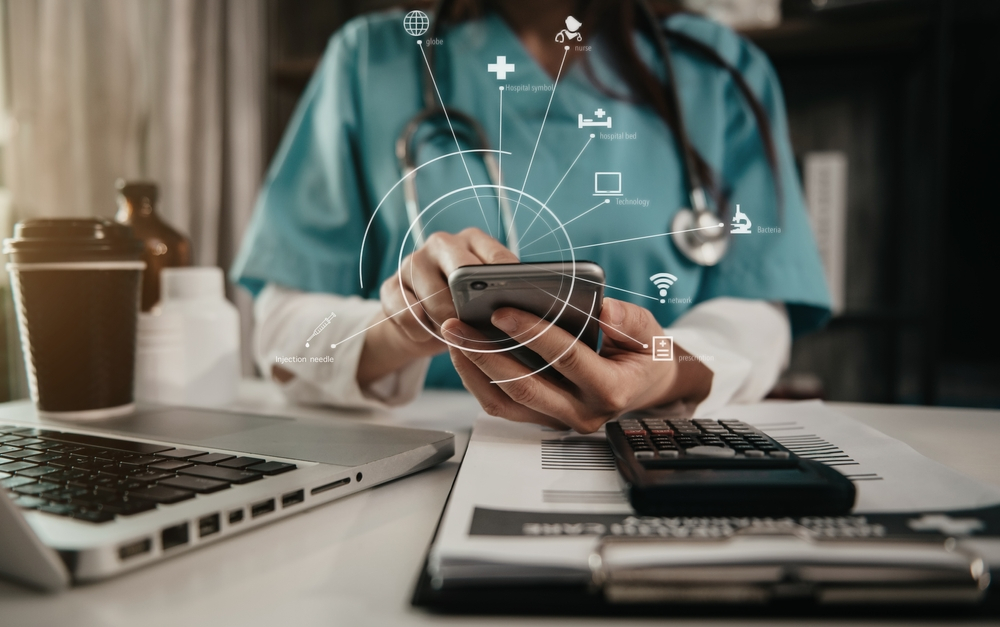Remote Patient Monitoring
Remote Patient Monitoring
AI-powered Remote Patient Monitoring is transforming healthcare by allowing doctors to keep track of patients’ health without needing them to visit the hospital or clinic regularly. Traditionally, patients with chronic conditions like diabetes or heart disease would have to visit their doctor often to monitor their condition. This can be inconvenient, time-consuming, and expensive. AI solves this problem by using wearable devices, like smartwatches or fitness trackers, to collect real-time data on things like heart rate, blood pressure, and blood sugar levels. This information is then sent to healthcare providers, who can monitor it and intervene if anything unusual happens, all without the patient needing to leave their home.

One major advantage of AI in remote monitoring is that it can spot problems early. For example, if a heart patient’s wearable device detects irregular heartbeats, AI can instantly alert the doctor, allowing them to act before the situation becomes serious. This early warning system is especially important for people with chronic conditions, as it can help prevent complications before they become emergencies. The AI can even suggest adjustments to treatment plans based on the data it collects, ensuring patients get the right care at the right time.
AI can also analyze large amounts of data from remote monitoring devices much faster than humans. For example, a diabetic patient’s blood sugar levels might fluctuate throughout the day, and the AI can monitor these changes in real-time. Over time, it can learn patterns and predict when a patient’s blood sugar might drop or spike, even before the patient notices any symptoms. This allows healthcare providers to take action or adjust medications proactively, rather than reacting after the patient has already started to feel unwell.
For patients, AI-powered remote monitoring provides peace of mind. Knowing that their health is being continuously monitored by AI and that their doctor will be alerted to any potential issues can reduce anxiety, especially for people managing long-term conditions. It also reduces the burden of frequent hospital visits, allowing patients to lead more normal lives while still receiving high-quality care. The convenience of being monitored from home is particularly beneficial for elderly patients or those living in remote areas where access to healthcare might be limited.
Finally, AI in remote monitoring can help improve healthcare systems by reducing the pressure on hospitals and clinics. Since doctors can monitor multiple patients remotely, they can focus their time and resources on the patients who need urgent care. This not only improves efficiency but also helps prevent overcrowding in hospitals, especially during health crises or pandemics. By enabling continuous care without the need for constant in-person visits, AI makes healthcare more accessible, efficient, and responsive to patients’ needs.

